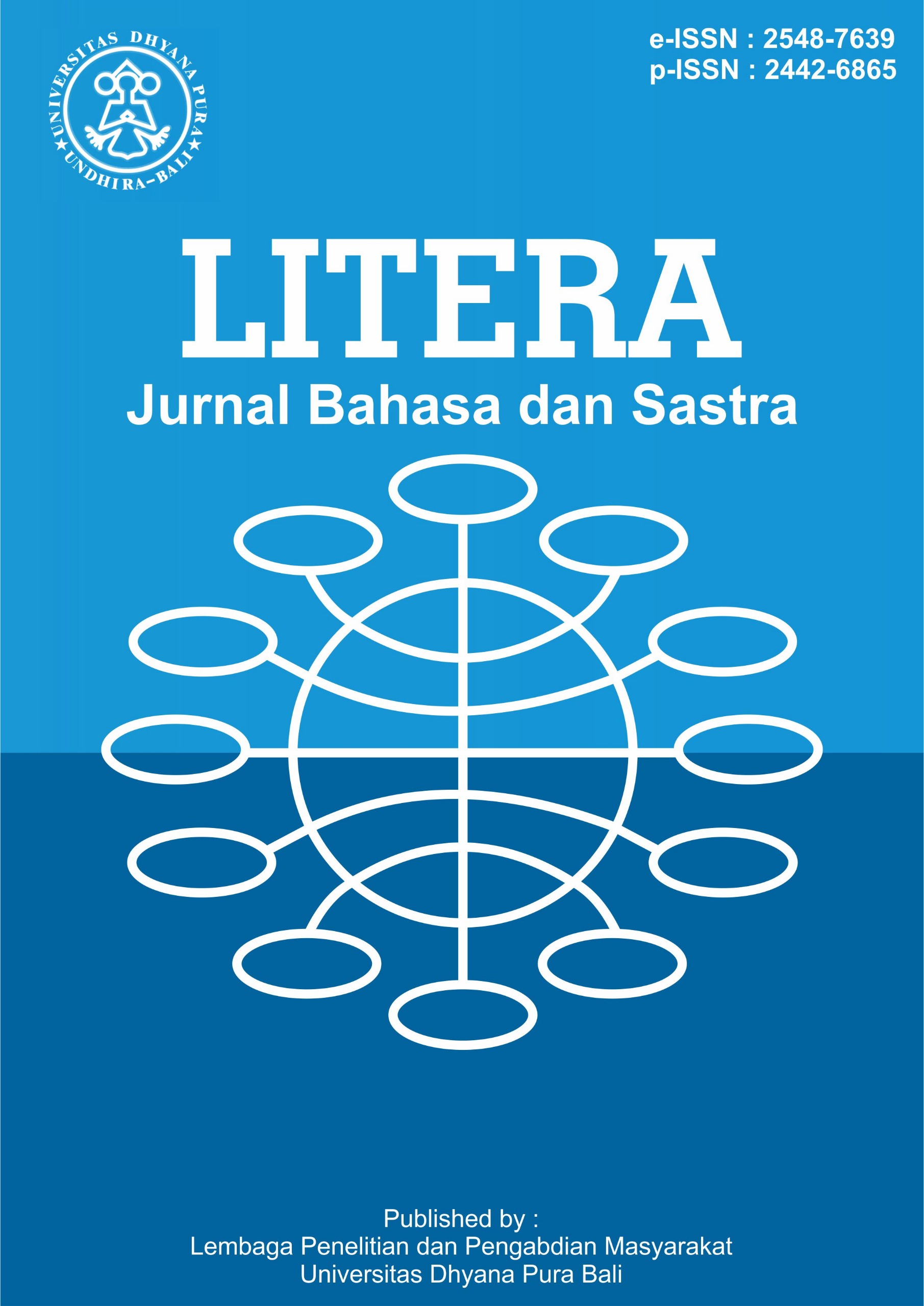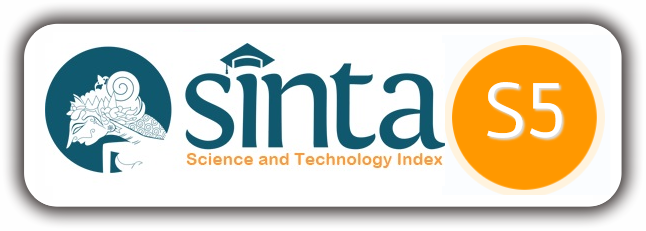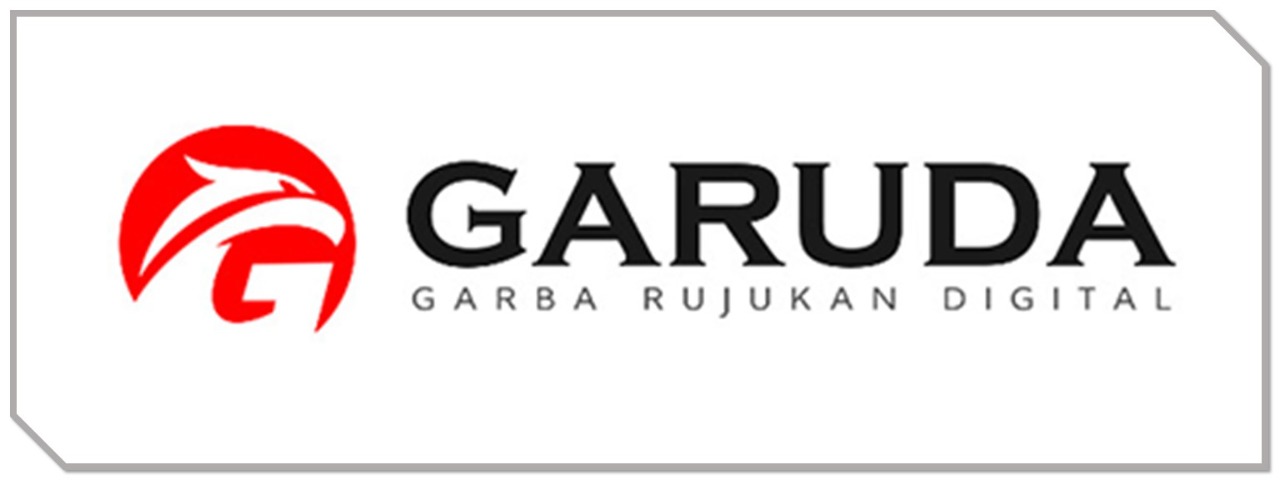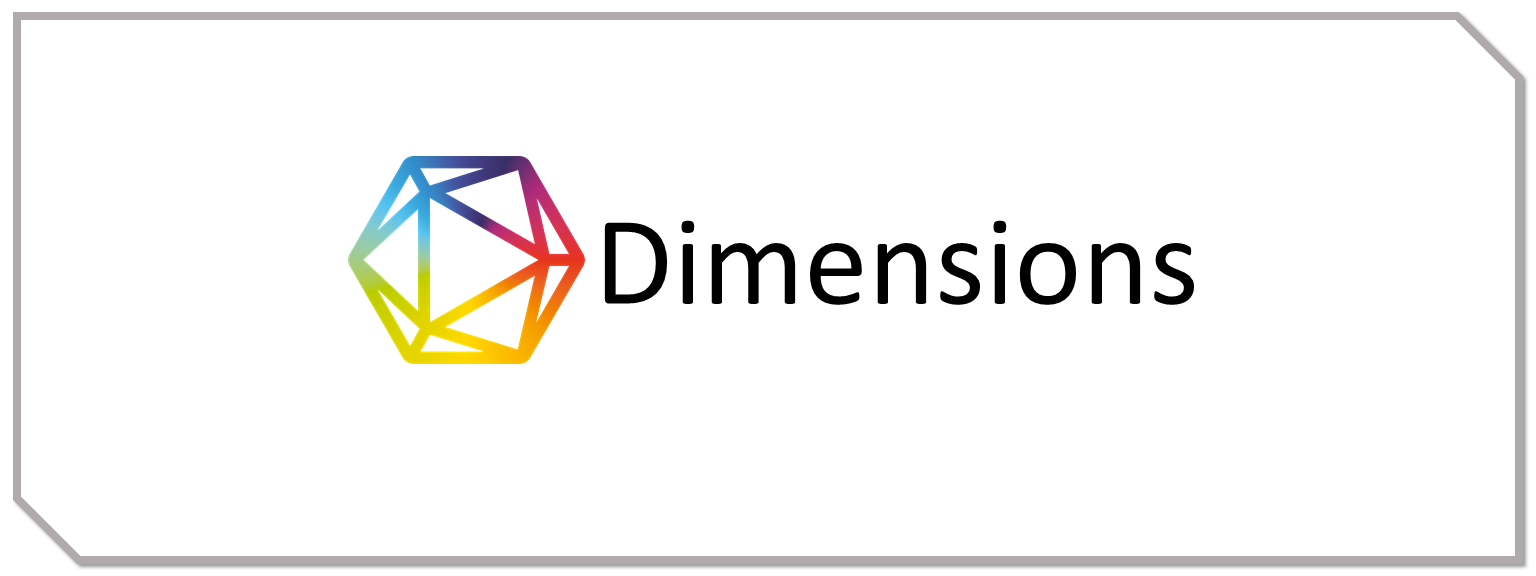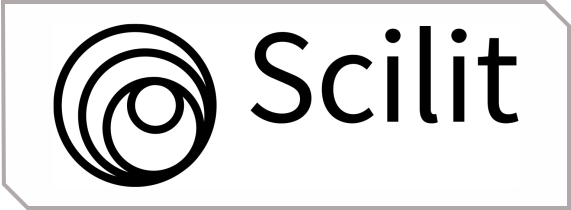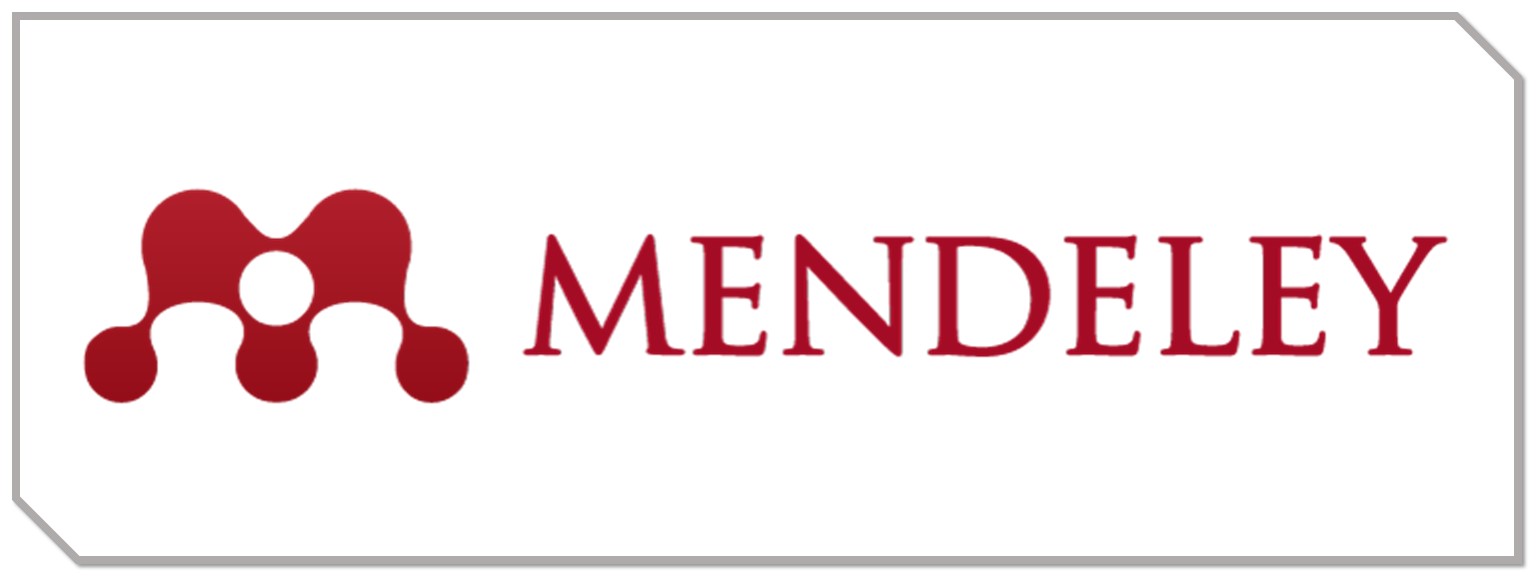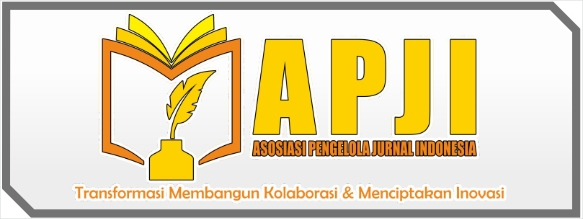Pragmatic Analysis of Directives and Commisives Illocutionary Acts in Krishna's Dialogue in Little Krishna: The Terrible Storm
DOI:
https://doi.org/10.36002/litera.v9i2.3090Keywords:
illocutionary acts, directives, commissives context of situation, tv-series scriptAbstract
This article discussed illocutionary acts that are found in Krishna's dialogues from the TV-series Little Krishna: The Terrible Storm, and the significance of context of situation in classifying the findings. The data were analyzed using the Taxonomy of Elementary Illocutionary Acts theory by JR. Searle and pragmatically analyzed using Context of Situation Theory by Halliday. The result is that, there are five directives illocutionary acts namely requestives, questions, prohibitives, permissives and advisories; and three commissives illocutionary acts namely promising, pledging and offering, found in Krishna's dialogue. Context of situation theory helped in categorizing the classification of illocutionary acts found, significantly.
Downloads
References
Allan, K. (1986). Linguistic meaning. New York: Routledge
Aristra Vaundra, G. B., (2016). Directive Illocutionary Acts Performed on Alex’s Dialogue in Movie Madagascar 3: Europe’s Most Wanted. Humanis. 16. 86-92. Denpasar: Udayana University Press.
Austin, J.L. (1970). How to Do Things with Words. New York: Oxford University
Press.
Bach, K., & Harnish, R. (1979). Linguistic Communication and Speech Acts. Cambridge: MIT Press.
Brown, G., & Yule, G. (1983). Discourse analysis. Cambridge; New York: Cambridge University Press.
Halliday, M.A.K. and Hassan, R. 1989. Language, Context, and Text: Aspect of Language in a Social-Semiotic Perspective. Victoria: Deakin University.
Searle, John R. (1976). A Classification of Illocutionary Acts. Language in Society, Vol. 5, No. 1 (Apr., 1976), pp. 1-23. Cambridge University Press, Great Britain. (Downloaded online on July 2021)
Downloads
Published
How to Cite
Issue
Section
License
Copyright (c) 2023 LITERA : Jurnal Bahasa Dan Sastra

This work is licensed under a Creative Commons Attribution-NonCommercial-ShareAlike 4.0 International License.
![]()
This work is licensed under a Creative Commons Attribution-NonCommercial-ShareAlike 4.0 International License.

